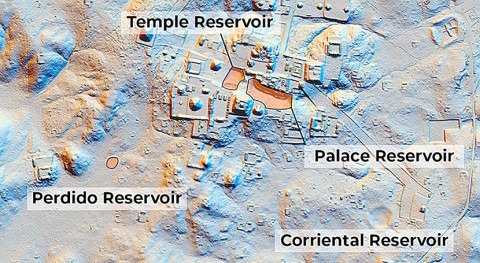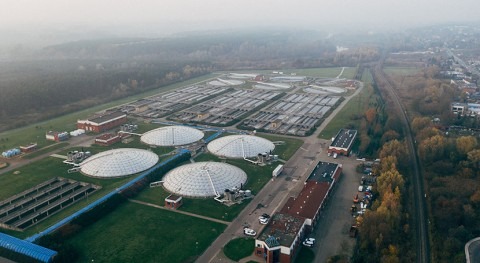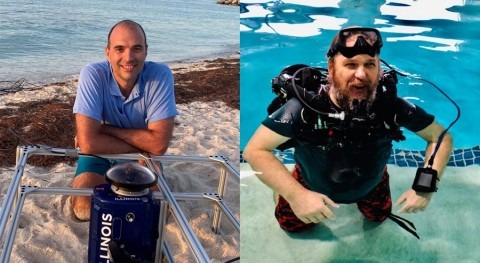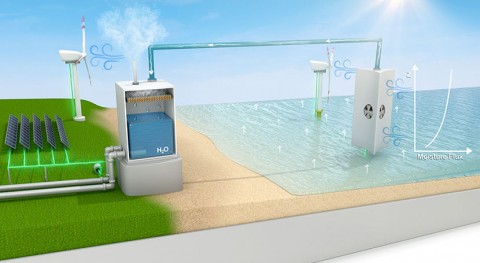Many climate models focus on scenarios decades into the future, making their outcomes seem unreliable and problematic for decision-making in the immediate future. In a proactive move, researchers are using short-term forecasts to stress the urgency of drought risk in the United States and inform policymakers’ actions now.
A new study led by University of Illinois Urbana-Champaign civil and environmental engineering professor Ximing Cai examines how drought propagates through climate, hydrological, ecological and social systems throughout different U.S. regions. The results are published in the journal Geophysical Research Letters.
“The same amount of precipitation, or the lack of thereof, in one region could have very different impacts on the hydrologic cycle, streamflow and water storage in another region,” Cai said. “The impacts of droughts are closely related to climate and environmental characteristics, and both together can have very different impacts on human water usage and supply.”
For example, the team predicted that lack of rainfall in the Southeastern region poses a greater risk than it does in the Southwest. The Southwest has a relatively large water-storage capacity, unlike the Southeast, which has a limited storage capacity and faces increased demand. Their prediction proved accurate, according to their models.
Cai and co-author Tushar Apurv compiled previously collected meteorologic, soil and hydrologic data from 30 regions around the U.S. from the past few decades. Using this data, they calculated a ratio representing how severe the hydrologic droughts are relative to meteorological droughts in these regions. This ratio helped them determine where water availability and water supply deficits have been occurring over time.
The study reports that precipitation deficits have decreased in Northern parts of the U.S. and increased in the Southwestern and Southeastern regions due to climate change, the researchers said. As a result, the Southwest has experienced severe drought effects on ecosystems in the area in recent years, which is likely to continue into the next decade – with severe drought conditions already in place since August.
However, according to the study, the forecasted Southeastern drought could lead to a very different outcome than the Southwestern drought.
“If this trend of increasing drought severity persists, as also predicted by other studies, the Southeast could be at very high risk for extreme drought, which might not have been realized in the past,” Cai said. “This will expose their water-supply infrastructure to stress beyond its design limit.”
In other words, there is a risk that the Southeast may not be as well prepared to handle near-future drought as the Southwest, which appears to have the situation better controlled, Cai said.
The researchers plan to explore more detailed studies on some of the watersheds to help uncover solutions, but they are more eager to flag the attention of policymakers right now.
“We think this study provides the scientific support needed to punctuate the immediate threat posed by drought,” Cai said. “We see our results as an incentive for decision-makers to bring drought mitigation to the forefront of environmental and water-management policy.”


















